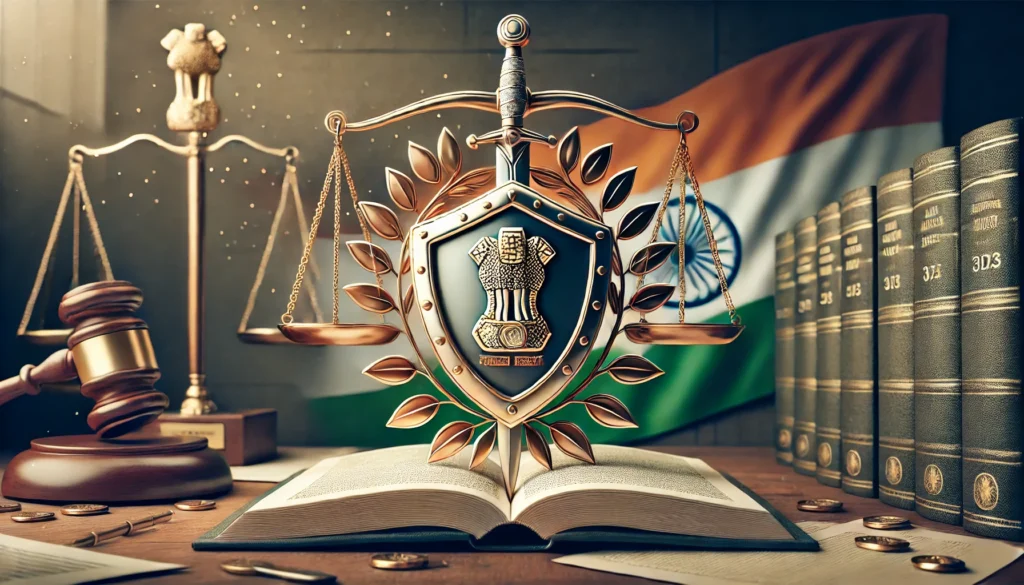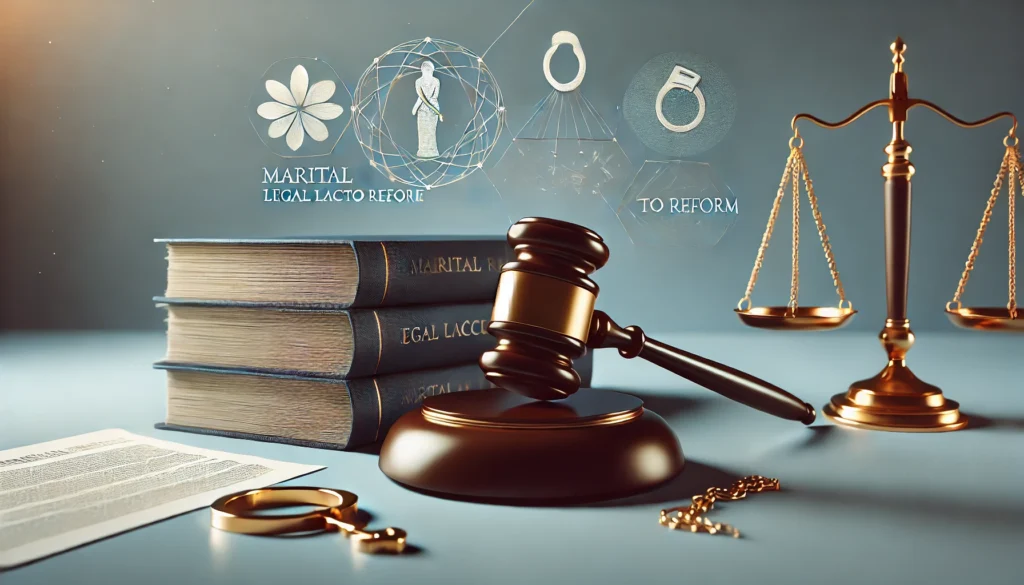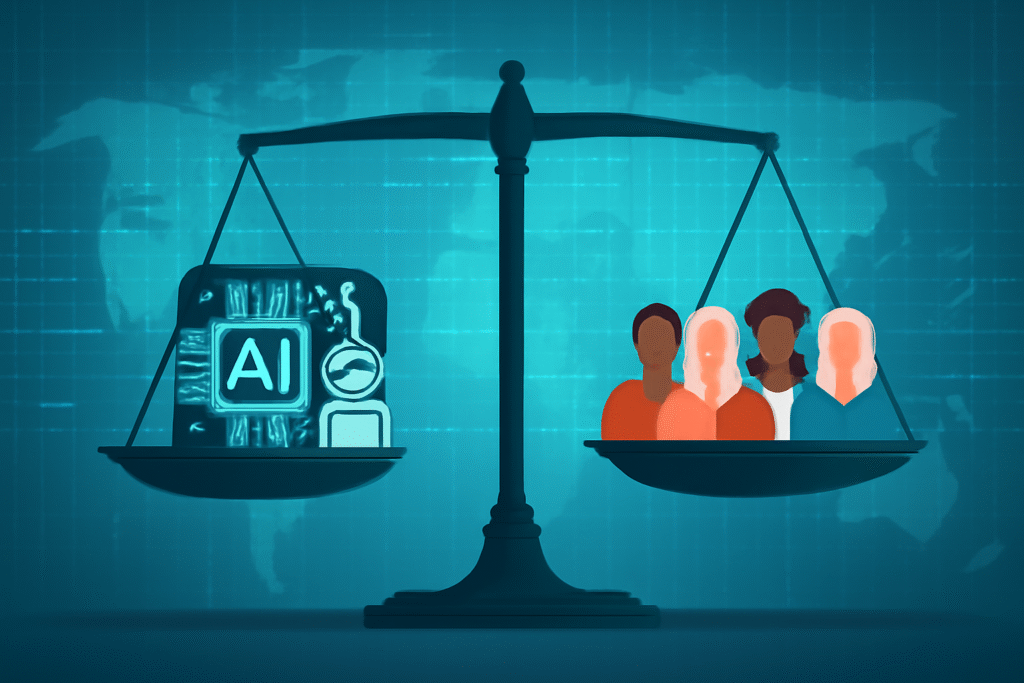Published on 5th April 2025
Authored By: Pallavi Daruka
Durgapur institute of Legal Studies
Citation: Shreya Singhal v. Union of India [2015] 5 SCC 1 (SC)
Court: Supreme Court of India
Date: 24th March 2015
Introduction
Supreme Court of India’s judgment on Shreya Singhal v. Union of India (2015), has been to date acknowledged across the board, as a landmark decision in growing cyber law and free speech jurisprudence within India. Primarily, the case was about the validity of Section 66A of the Information Technology Act, 2000 (IT Act) on grounds that read sending of “abusive” or “outrageous” messages through any kind of electronic communication services was duly illegal. In the Public Interest Litigation, the petitioners—notably Shreya Singhal, had prima facie challenged the provision on the ground ratio for being vague and disproportionate, a violation of the right to freedom of speech Article 19(1)(a) of the Constitution. Ultimately, the judgment held Section 66A unconstitutional because speech must be protected essential right to free expression in the computer age above all. The decision also played a major role in the developing debate on content moderation of online platforms and emergent tensions over state regulation versus individual freedom.
Facts of the Case
It was reported in November 2012 when two women were arrested in Maharashtra due to Facebook comments being considered offensive by some political groups. Political groups put the women in custody for comments posted on Facebook. These remarks are a disdain of the public shutdown (bandh) called after the death of political leader Bal Thackeray leading to mass disorder. One of the women, Shaheen Dhada posted a comment asking why the city should stop all just for the death of a political person in the city. Renu Srinivasan “liked” the post; A section 66A (because the posts weren’t incitement or defamation) however the two ladies were arrested for transmitting offensive messages under the IT act.
The public raised its voice, whether such laws are being misused to curb the free speech of people. When the issue came to light Shreya Singhal, a law student filed a PIL at Supreme Court seeking to strike down 66A Constitutionally. Central to this is the conformity that Section 66A is unconstitutional as it transgresses the basic right to freedom of speech under Article 19(1)(a) of the Indian Constitution which guarantees every citizen to talk on discussion freely. Singhal alleges that the law was too vague and its all-encompassing formulae could be construed as malleable if need be by the police as a handy tool for arbitrary arrests.
Legal Issues
This case was before the Supreme Court on the following legal issues:
- Is section 66A of the IT Act an infringement on the basic right to free speech and expression guaranteed by Article 19(1)(a) of the Indian Constitution?
- Is Section 66A of the Information Technology Act, a lawful restriction on free speech under Article 19(2) which authorizes reasonable restrictions on speech in the interest of the security of the State, public order, decency, or morality?
- Would terms like “offensive,” “annoying” and “inconvenience” in sec 66A be considered too wide and ambiguous resulting in an arbitrary & excessive restraint on speech?
Arguments of the Parties
Petitioner’s Arguments (Shreya Singhal and Others):
Petitioners have argued that Section 66A is unconstitutional on the following grounds:
- Ambiguity and Imprecise: Section 66A was found to be so vague that for what kind of an “offensive”, “annoying” or “inconvenience” message would be made punishable. This vagueness could be interpreted by making the judiciary enact what content should be punishable, especially in the context of an internet that spontaneously allows every people speech. The petitioners claimed that this undefined language gave police far too much leeway to gag free speech, at random.
- Chilling Effect on Speech: The petitioners stressed that the wide sweep of Section 66A affected free speech, especially on social media platforms. When citizens are frightened to enter public fora, of their views for fear of being arrested for opining that is offensive to some number of people or others.
- Contravention of Article 19 (1)(a) of the Constitution: Section 66A was construed as a contravention of Article 19 (1)(a) of the Indian Constitution – which states the right to freedom of speech and expression. The petitioners said the law was an arbitrary and content-based restriction on free speech, which had made an individual liable to criminal action merely for expressing an opinion in public without any proof of malice or public order mischief.
- Unconstitutional under Article 19(2): The petitioner argued that restrictions of this sort cannot be justified under the reason stated in Article 19(2) of the Constitution to curtail free speech. Escalates to unconstitutional under Article 19(2) As for the petitioners, their argument here was that such restrictions cannot be justified on the grounds of reason(s) specified in Article 19(2) of the Constitution to limit free speech. The law was devoid of necessity and proportionality test, which is crucial for reasonable restrictions in free speech with public order as well as national security covered.
Respondent’s Arguments (Union of India):
The government, representing the Union of India emphasized the necessity of Section 66A :
- Public Order and Protection of Harmful Content: the government defended Section 66A as in order to regulate harmful content, incitement to public disorder or hatred, defamatory speech, or offensive communication on the Internet The argument that Section 66A was conceived to check the misuse of social media for provoking violence, hatred or public disorder in general was frequently heard especially while discussing sensitive issues and provocative observations.
- Reasonable Restraint under Article 19(2): The government said section 66A was reasonable restraint under Article 19(2) letting the state not make restrictions on free speech with a view to the security of the State, public order, and morality. As per the government, this section safeguards the public from defamatory statements.
- Global Precedent: The government also said that there were similar provisions in other countries, hence Section 66A was in conformity with the global push to regulate harmful online content and ensure people with the same right to privacy and do not misuse the internet to promote violence or forgivable defamation.
Judgment
Under a unanimous decision, the Supreme Court decided Section 66A of the Information Technology Act, 2000 was unconstitutional and ordered its removal. The judgment was delivered by Justice Rohinton F. Nariman, who emphasized several points in his reasoning:
- Violation of Freedom of Speech: According to the Supreme Court Section 66A of the Information Technology Act showed too many ambiguities and was too broad in scope. The ambiguous wording within the statute allowed multiple conflicting interpretations thus leading to free expression prosecutions of individuals. The Court decided Section 66A of the Information Technology Act violated constitutional free speech protections. According to the Court Section 19(1)(a) of the Indian Constitution was violated as the law placed too many limits on individuals’ right to free speech and expression. According to the Court authorities, Section 66A failed to meet the constitutional requirements of proportionality under Article 19(2).
- Vagueness of the Language: The Court struck down the undefined and nebulous terms such as offensive, annoying, or inconvenient prone to arbitrary administration. These terms were not verifiable for both citizens to decipher and authorities thus leading to misuse.
- Absence of Procedural Safeguards: The Court pointed out that there were procedural lapses to wrongful arrests under the operative provision as it empowered police to arrest any person on suspicion of sending offensive messages. The Court underlined that every limitation upon the right to free speech should be accompanied by reasonable restrictions so as not to infringe on unfettered individuals’ fundamental rights.
- Alternative Legal Provisions: The Court pointed to current laws like the Indian Penal Code (IPC) which enabled the prosecution of defamation along with two more offenses including violent incitements and violations of national security. The Court found these provisions along with 69A of the IT Act, capable enough to control for harmful content without needing the imprecise overlapping of Section 66A.
Reasoning
The Supreme Court based its decision on a few important principles:
- Fundamental Right to Free Speech: According to the judicial interpretation freedom of speech ranks as one of the fundamental rights in democratic systems thus abolitionary law provisions must be limited to advance specific legitimate goals for free speech regulation.
- Proportionality Test: When judging the restrictions under Section 66A the court conducted an analysis based on the proportionality test. The Supreme Court rejected Section 66A because the law lacked necessary proportional limits and its harsh penalties served resident speech activities not related to public security risks.
The Supreme Court rejected Section 66A because the law lacked necessary proportional limits and its harsh penalties served resident speech activities unrelated to public security risks.
- International Standards and Constitutional Principles: The Court declared that every law that restricts free speech must correspond to constitutional standards requiring both precise definitions and essential protection. The judgment claimed Section 66A failed in compliance with international treaty principles along with its mandate for safeguarding individual rights.
Conclusion
The decision in Shreya Singhal v. The Union of India judgment emerging from the Supreme Court represents a historic decision that protected fundamental speech freedoms for digital communication. Through their ruling against Section 66A of the Information Technology Act, the Supreme Court emphasized the necessity of laws that operate with certainty and appropriate proportionality standards. India’s online content regulation system went through structural changes after this ruling established vital regulations for other countries trying to regulate internet speech. According to the judgment state power to restrict speech must always come under constitutional review so governments cannot abuse their authority to prevent dissent or unpopular opinions from being expressed. India continues to retain this milestone decision as an essential measure to secure individual rights across its developing digital domain.
Bibliography
‘Home | SUPREME COURT of INDIA’ (main.sci.gov.in) https://main.sci.gov.in
Jain MP, Indian Constitutional Law (8th edn., 2018) 748
Pandey JN, Constitutional Law of India (1992)
The Information Technology Act, 2000 (Universal Law Publishing)




